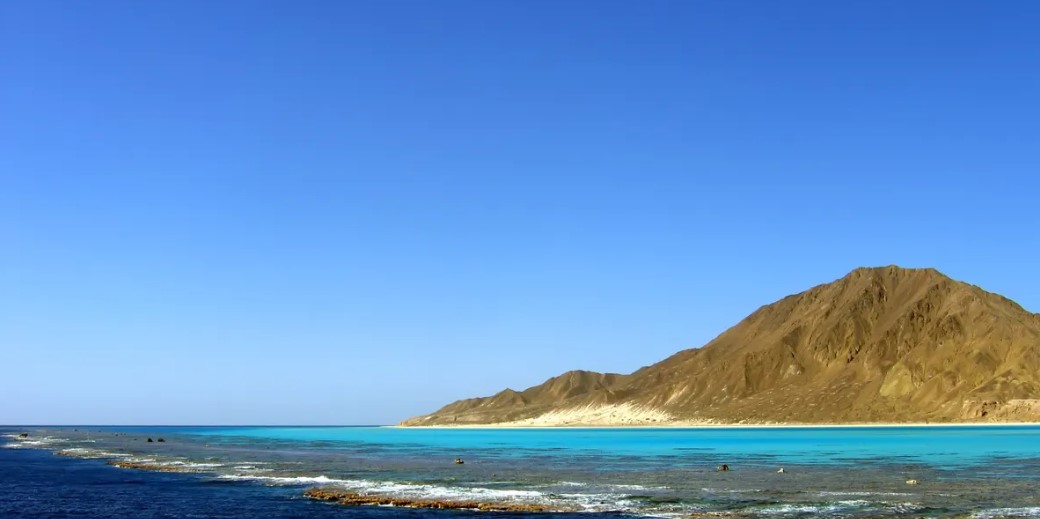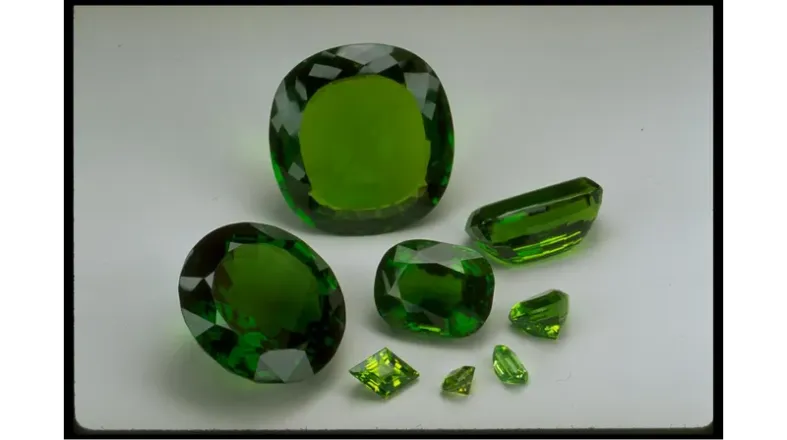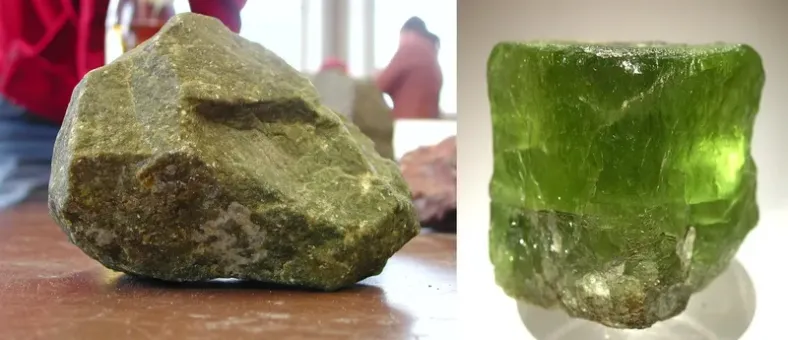
Zabargad, an island in the Red Sea, looks like something out of a pirate fairy tale. Located 50 kilometers off the southern coast of Egypt in the Gulf of Fall Bay, it is the largest island in the area, covering an area of 4.5 square kilometers.
Zabargad is known for its geological features, in particular, peridotite rocks containing peridot, a bright green gemstone.

Image credit: Chip Clark/Smithsonian Institution National Museum of Natural History (public domain)
This small island is called the “desert island” because of its arid nature and lack of fresh water, although seabirds can be found here. Peridot, which was used in ancient Egyptian and other ancient jewelry, was mined here 3500 years ago. This was reported by IFLScience.
Initially, the ancient Greeks called this place Topazios, mistakenly believing that peridot was topaz. In fact, they were rocks of peridotite, a volcanic rock formed from olivine and pyroxene in the Earth’s upper mantle. A deep geologic fault millions of years ago contributed to the rise of these rocks to the surface, forming Zabargad.

Located above the Red Sea rift, the island is still geologically active. Historically, Zabargad played an important role in peridot mining, but after the nationalization of Egyptian mines in 1958, its importance decreased. Currently, the main production of peridot is concentrated in Norway, while Egypt is no longer a leader in this industry

